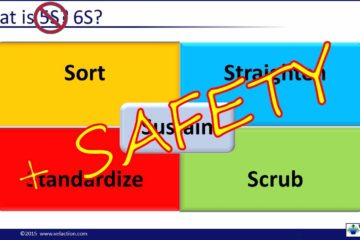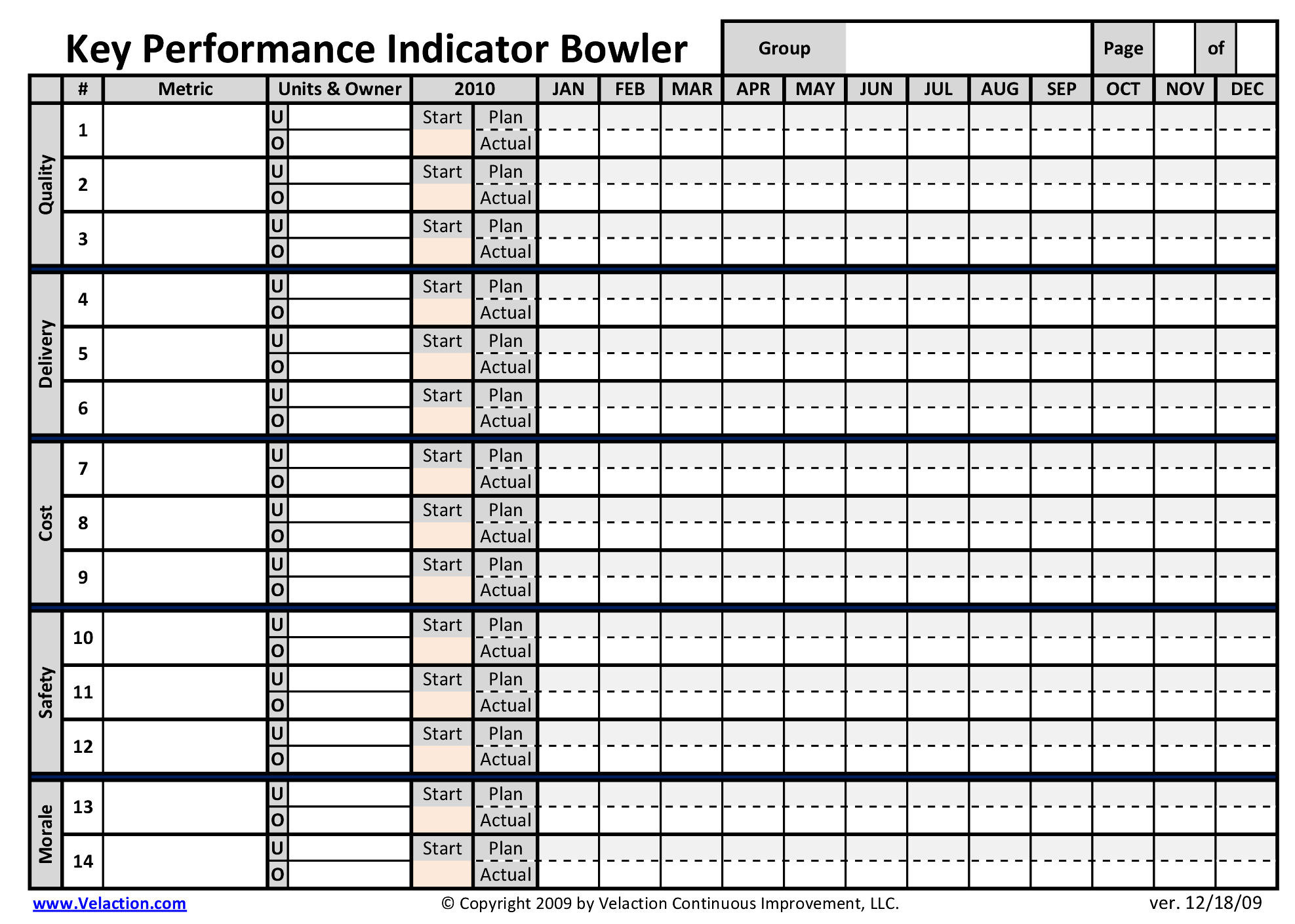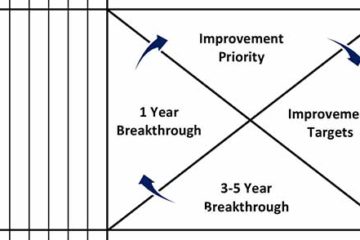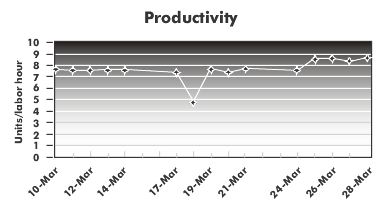Hansei
Hansei is a Japanese term that loosely translates to self-reflection. In practice, though, it is much more than that. Hansei requires several things. A person must recognize that there is a problem in personal performance. Hansei is not a run-of-the-mill assessment tool. It looks at personal failings rather than system Read more…



